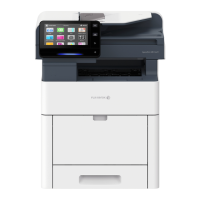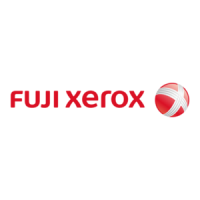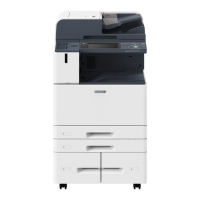[Connectivity & Network Setup]
303
[Port Number]
Enter a port number for UPnP communication.
Do not use a number that is the same as a port number of another port. However, you can use the same port
number for a port that uses HTTP (IPP, Internet Services (HTTP), UPnP Discovery, SOAP, WebDAV, and Web
Services on Devices (WSD)).
[WSD]
[Port (Print from Desktop)]
Select [Enabled] to use WSD Print.
Set this when you search a device on a network from Windows OS.
[Port (Scan to Desktop)]
Select [Enabled] to use WSD Scan.
Set this when you search a device on a network from Windows OS.
In Windows Server environment, scanning devices are disabled by default.
For more information, visit the official website of Microsoft.
[Port Number]
Enter a port number.
Do not use a number that is the same as a port number of another port. However, you can use the same port
number for a port that uses HTTP (IPP, Internet Services (HTTP), UPnP Discovery, SOAP, WebDAV, and Web
Services on Devices (WSD)).
[Internet Services (HTTP)]
[Port Status]
Select [Enabled] to use CentreWare Internet Services.
For more information about CentreWare Internet Services, refer to "Using CentreWare Internet Services"
(P.84).
[Port Number]
Enter a port number for the Internet Services.
Do not use a number that is the same as a port number of another port. However, you can use the same port
number for a port that uses HTTP (IPP, Internet Services (HTTP), UPnP Discovery, SOAP, WebDAV, and Web
Services on Devices (WSD)).
You cannot select [Port Number], if HTTP port is disabled. To configure [Port Number], enable port status and
reboot the device, and then configure [Port Number].
[SOAP]
[Port Status]
Select [Enabled] when you use an application program such as Device Setup Tool.

